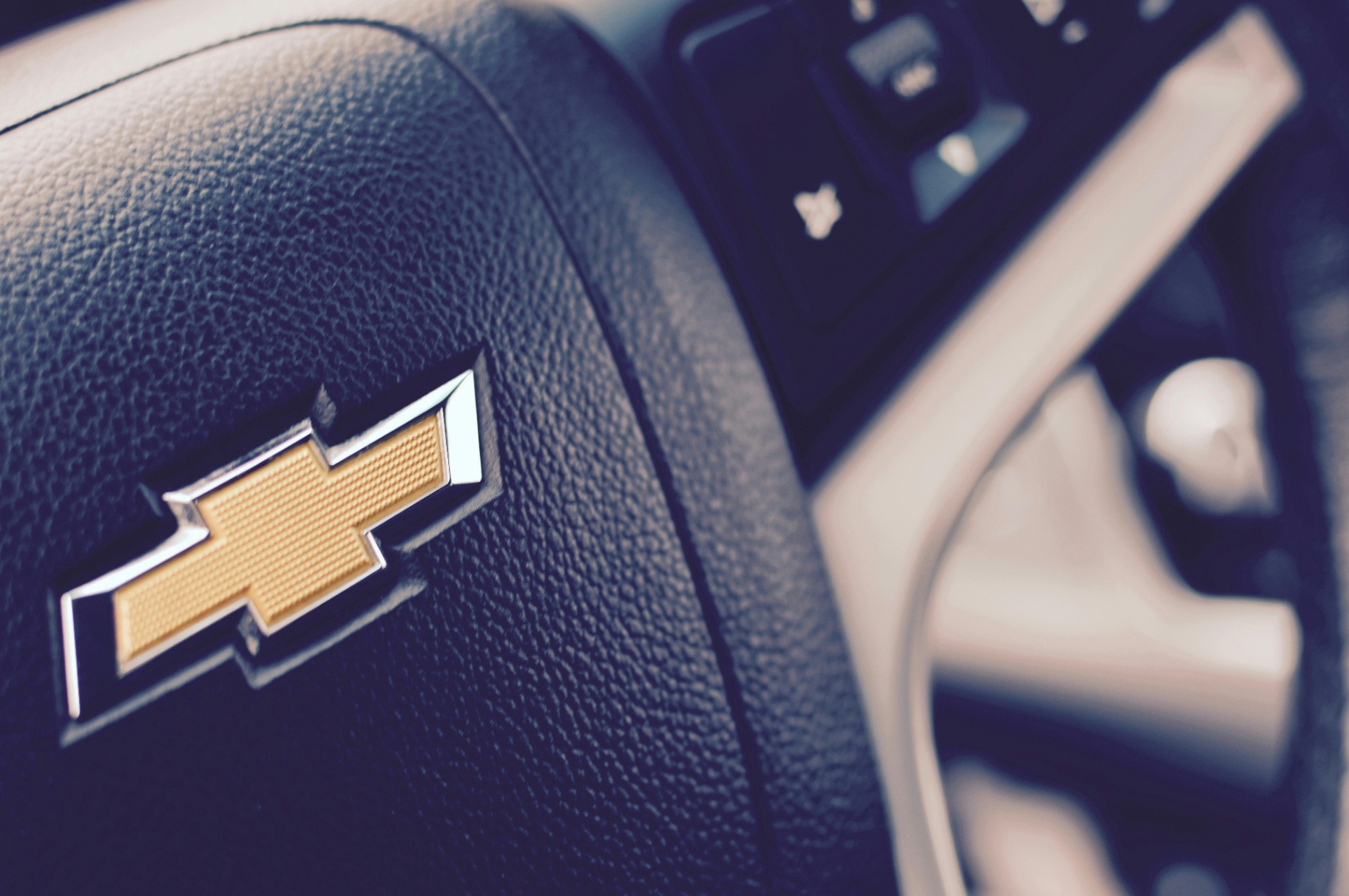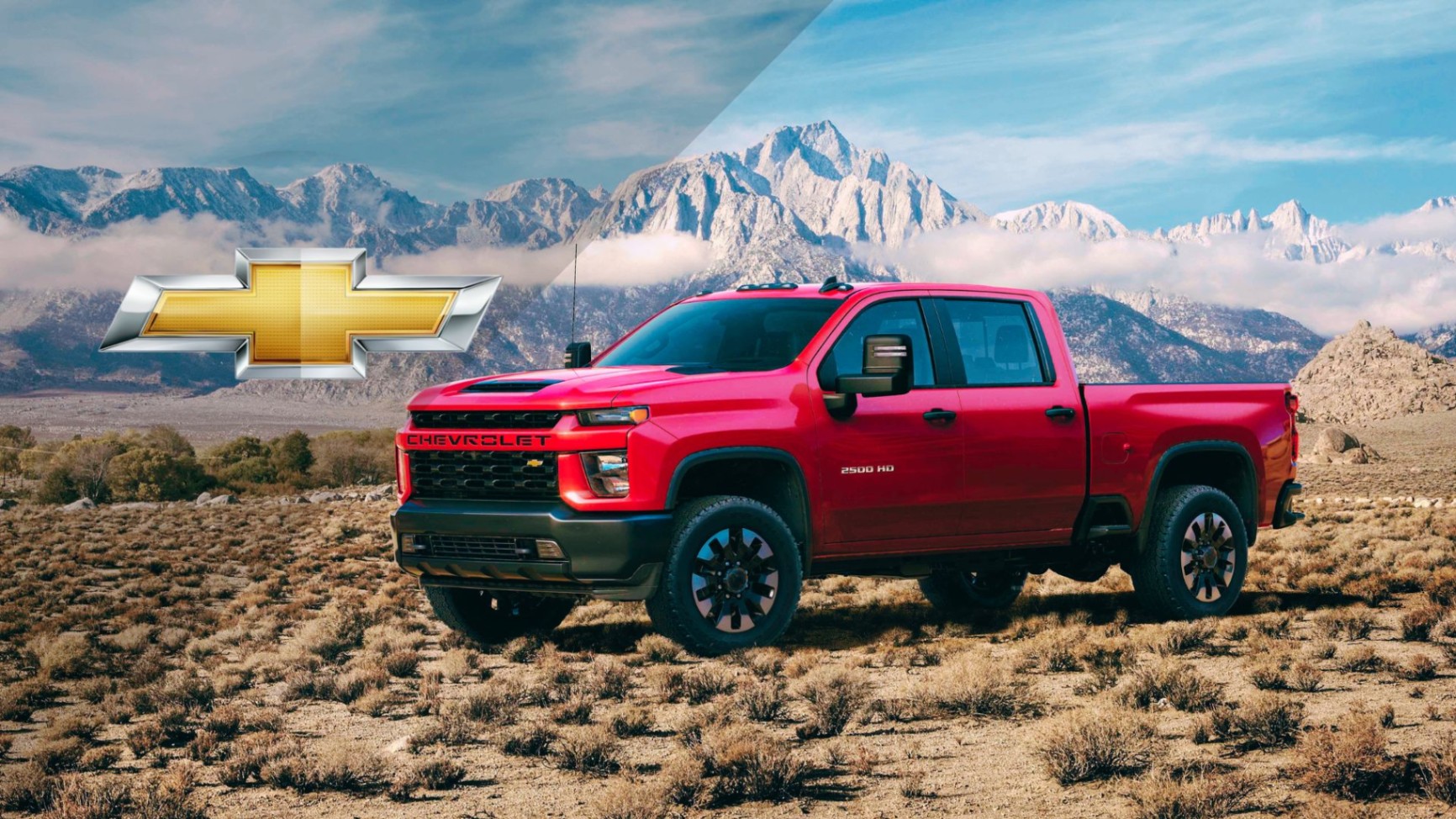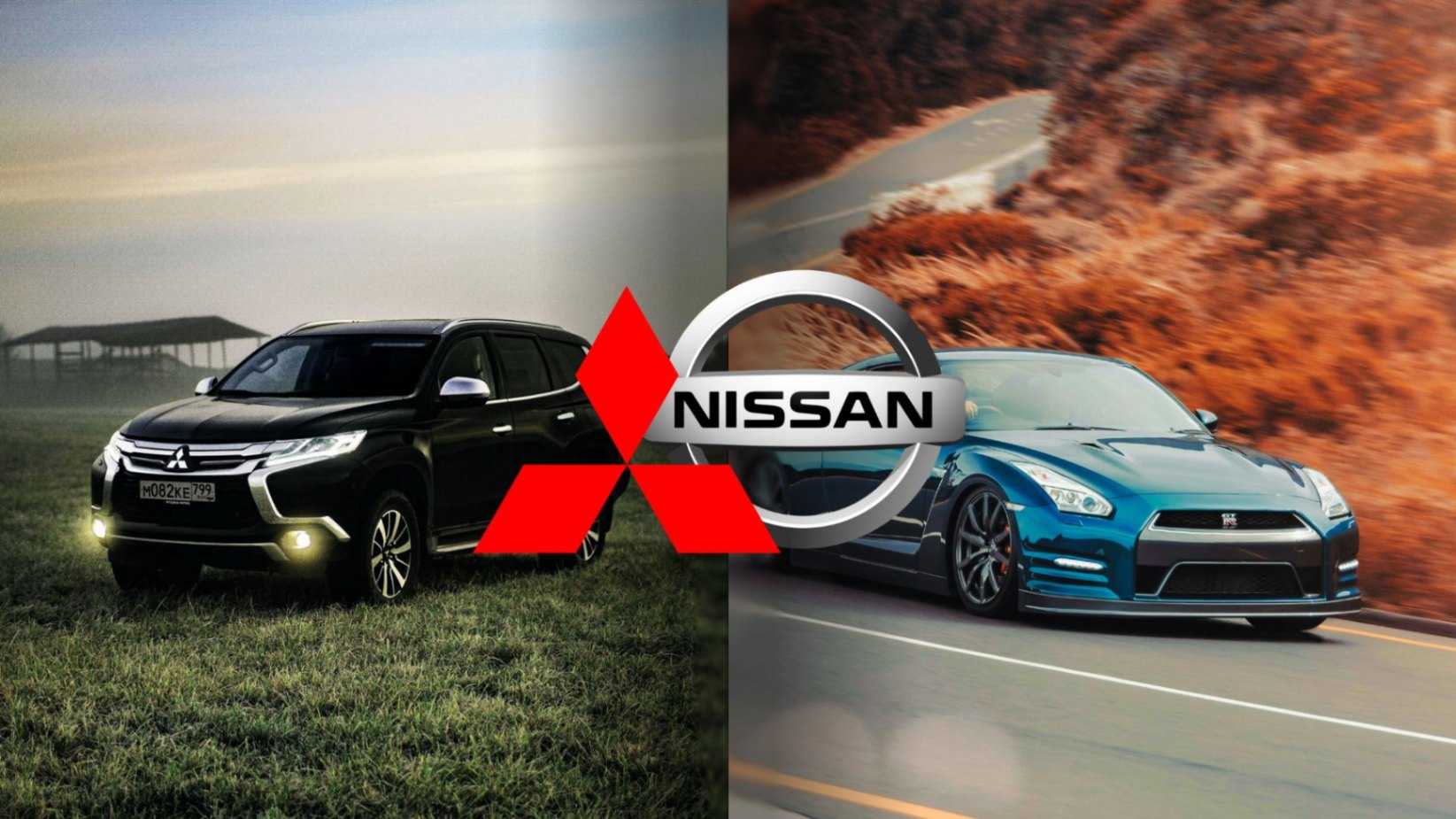
What makes a man become a legend? What drove a speed enthusiast to change the automotive industry forever? Grab a coffee and get ready to dive into the story of the man whose name is etched in the metal rolling down our streets: the founder of Chevrolet.
Bold Beginnings
Born in 1874 in a small Swiss village, Louis Chevrolet began his life with an overwhelming passion for mechanical engineering. It’s known that from a young age, he would take apart mechanical objects to understand how they worked and then reassemble them.
Louis Chevrolet was not a man to settle for the ordinary. By the age of 16, he was already behind the wheel of his first car. It wasn’t just a mode of transportation; it was his passion, his reason for being.
In 1905, on a dusty track, Louis challenged the famous American driver Barney Oldfield. The roar of engines filled the air as the two competitors lined up. The stopwatch began ticking. 52.8 seconds later, Louis crossed the finish line, beating Oldfield. That day, a legend was born.
Louis didn’t just want to win; he wanted to surpass himself. His eyes sparkled with the promise of even greater speeds. He immersed himself in the world of racing, tuning engines, refining chassis, and pushing the limits of physics. Every curve, every straightaway was an opportunity to prove his worth.
In 1901, Louis left his native Switzerland and sailed to the United States. The land of opportunity, the land of dreams. Here, his passion for engines met an unexpected destiny. He met William Durant, a dreamer with a bold vision: to create a car brand that would conquer the world.

The Alliance with William Durant
At that moment, Louis Chevrolet, the daring Swiss driver, and William C. "Billy" Durant, the visionary founder of General Motors, joined forces to bring a legend to life: the Chevrolet Motor Car Company.
Durant, previously ousted from General Motors, saw in Louis the spark he needed. Together, they founded Chevrolet Motor Company in 1911. Louis brought his technical genius, his love for speed, and his name to the emblem. Durant brought his insatiable ambition and his knack for weaving business networks. The alliance was sealed.
But although the company bore his name, the decisions were not always in his hands. As Chevrolet Motor Car Company grew, the differences between Louis and Durant became evident. Louis longed for more creative control, but Durant had other plans. In 1913, Louis sold his shares and left the company. His heart was on the racetracks, not in the boardrooms.
In 1918, an epic twist occurred: General Motors acquired the Chevrolet Motor Car Company. It was a bold merger, a masterful move. Durant, previously ousted from General Motors, returned triumphantly to the presidency. Louis, though he didn’t gain much financially, returned as a technical consultant.
His ideas continued to influence Chevrolet’s designs, engines, and technology. The Small Block V8, one of the most legendary engines, carried his spirit.
Alfred Sloan, the genius behind the motto "a car for every purse and purpose," saw in Chevrolet the potential to lead the market. In 1919, Chevrolet vehicles began competing with Henry Ford’s iconic Model T. By 1929, Chevrolet became the beating heart of the General Motors family and rose to become the best-selling car in the United States with the Chevrolet International.
A Historic Rivalry
The automotive battle between Ford and Chevrolet dates back to the early 20th century, when both automakers began competing in the emerging American market. Both brands shared a bold vision: to make automobiles accessible to the general public. However, each had its unique approach and strategy to achieve that goal.
Henry Ford, visionary and founder of the Ford Motor Company in 1903, had an obsession: efficiency. His famous motto was "Any customer can have a car painted any color that he wants so long as it is black." Ford revolutionized production with his assembly line, allowing cars to be made faster and at lower cost. His goal was to make cars affordable for the masses.
Ford believed that by standardizing production and reducing costs, he could reach more people. The iconic Model T, produced in a single color (yes, black!), became the first car accessible to the working class.
Learn more about Ford at: He Hated Working on the Farm and Created Ford | The History of Ford
Louis Chevrolet, on the other hand, had gasoline in his veins. His focus wasn’t just on selling cars but on capturing the thrill of speed. He wanted his vehicles to be exciting and full of passion.
Chevrolet focused on power, design, and the driving experience. The Chevrolet Camaro, launched in response to the success of the Ford Mustang, became an icon of speed and adrenaline.
Ford and Chevrolet were fierce rivals. Their philosophies clashed:
Ford was about efficiency, uniformity, and mass accessibility.
Chevrolet, on the other hand, was about excitement, diversity, and a passion for speed.
This rivalry not only gave rise to iconic models like the Mustang and the Camaro but also shaped the American automotive industry. Every time you see a Ford or a Chevy, you’re witnessing the clash of two opposing visions that left an indelible mark.
The 500 Miles of Indianapolis: An Epic Challenge
In 1920, the motorsport world stood still to witness a historic moment at the Indianapolis 500. The Chevrolet Monroe, driven by the daring Gaston Chevrolet, roared on the track like a hungry lion.
Gaston Chevrolet, Louis’s younger brother, was a man of few words but many feats. That day, he faced the best drivers in the world. The roar of the engine, the smell of gasoline, and the feverish crowd created an electrifying atmosphere.
The final lap was epic. Gaston fought against the wind, the rain, and his own nerves. The crowd held its breath as he crossed the finish line. Victory! The Chevrolet Monroe took the trophy, and Gaston became a living legend.
The following year, in 1921, another Chevrolet, the Frontenac, roared again at Indianapolis. This time, the brave Tommy Milton took the wheel. The competition was fierce, but the Chevrolet spirit did not falter. Tommy crossed the finish line, proudly lifting the trophy. Two consecutive years of glory for the brand.
The Indianapolis 500 became a stage where Chevrolet showcased its technical prowess and passion for speed. Every roar of the engine resonated as a tribute to Louis Chevrolet and his bold vision.

The Origin of the Bowtie
The Chevrolet emblem, also known as the "bowtie," is one of the most recognized automotive logos in the world. Its design is simple yet powerful: a wide, slanted cross in gold and black. But where does this timeless symbol come from?
The story behind the bowtie has several intriguing theories. One suggests that Chevrolet co-founder William C. Durant found inspiration while on vacation in Paris. It’s said that Durant saw a pattern on the wallpaper of a hotel room. That pattern, with its slanted cross shape, became the seed for the logo.
Durant’s daughter, Margery, claims that her father was a passionate creator who often doodled nameplate designs. According to her, the design was entirely original and not based on any external source.
Regardless of its exact origin, the Chevrolet bowtie has remained virtually unchanged for over 100 years. Its simplicity and recognizability have contributed to its longevity.
The emblem has adorned Chevrolet vehicles since 1913, and its presence on the roads remains a reminder of the visionary spirit of Louis Chevrolet and William C. Durant.
The Lasting Legacy
Louis Chevrolet left this world in 1941, but his legacy keeps rolling. His name merged with General Motors, and Chevrolet became a global brand. But his influence goes beyond the cars we see on the streets.
Chevrolet has continued to innovate. From the Corvette Stingray to the Bolt EV, the brand continues to push boundaries. Louis would be proud to see how his ideas have evolved.
From America’s dusty roads to Europe’s snowy mountains, Chevrolets have taken families to unimaginable places. Chevrolet owners form a passionate community. They gather at events, share stories, and celebrate Louis’s heritage. More than just a brand, it’s a family.
The Chevrolet emblem, the Bowtie, still shines on the hoods of millions of cars. It’s a constant reminder of Louis’s vision and his love for speed.
So, the next time you get into a Chevy, remember the daring man who started it all: Louis Chevrolet, the Swiss genius who turned his passion for speed into a revolution on wheels.








